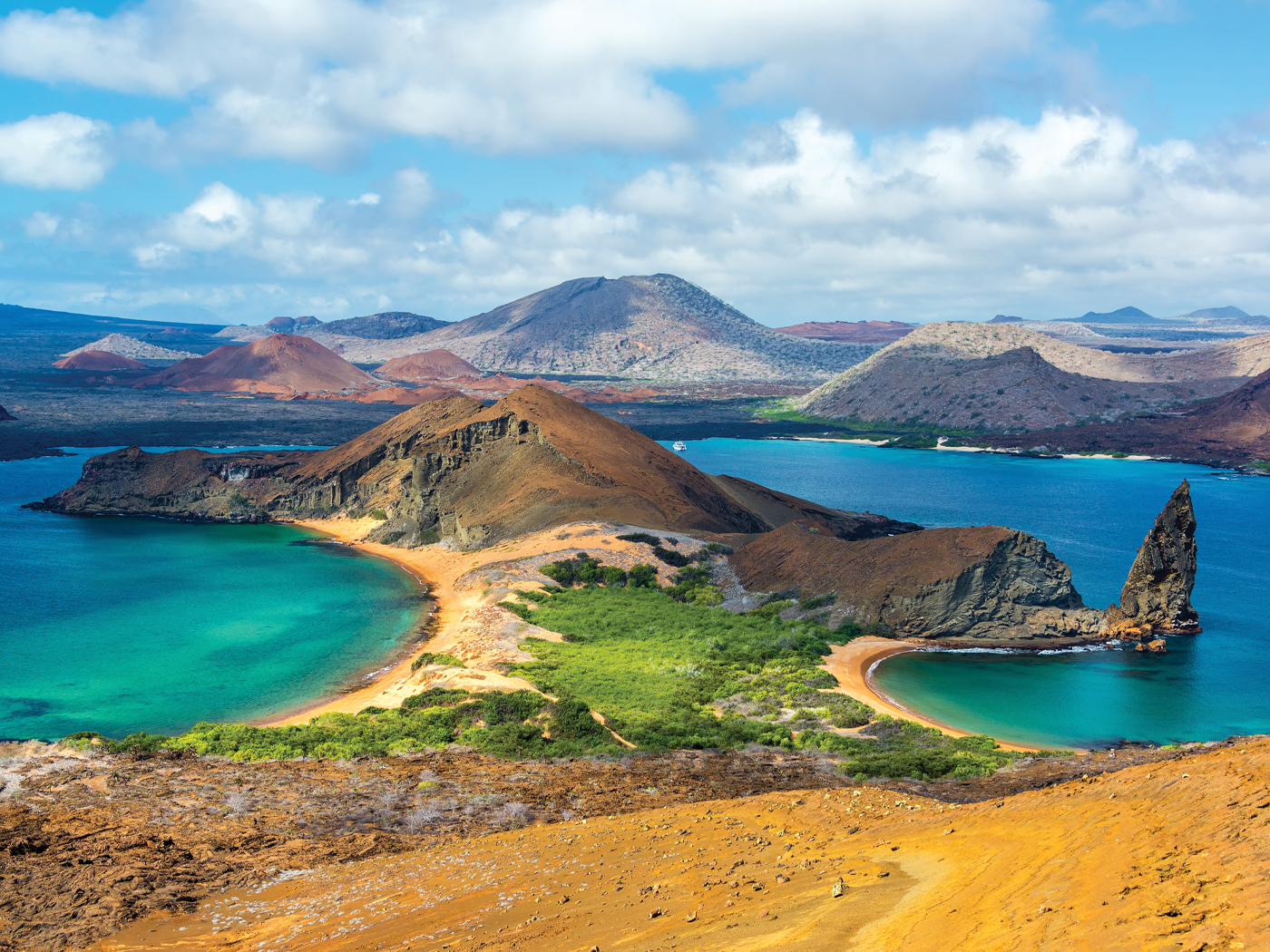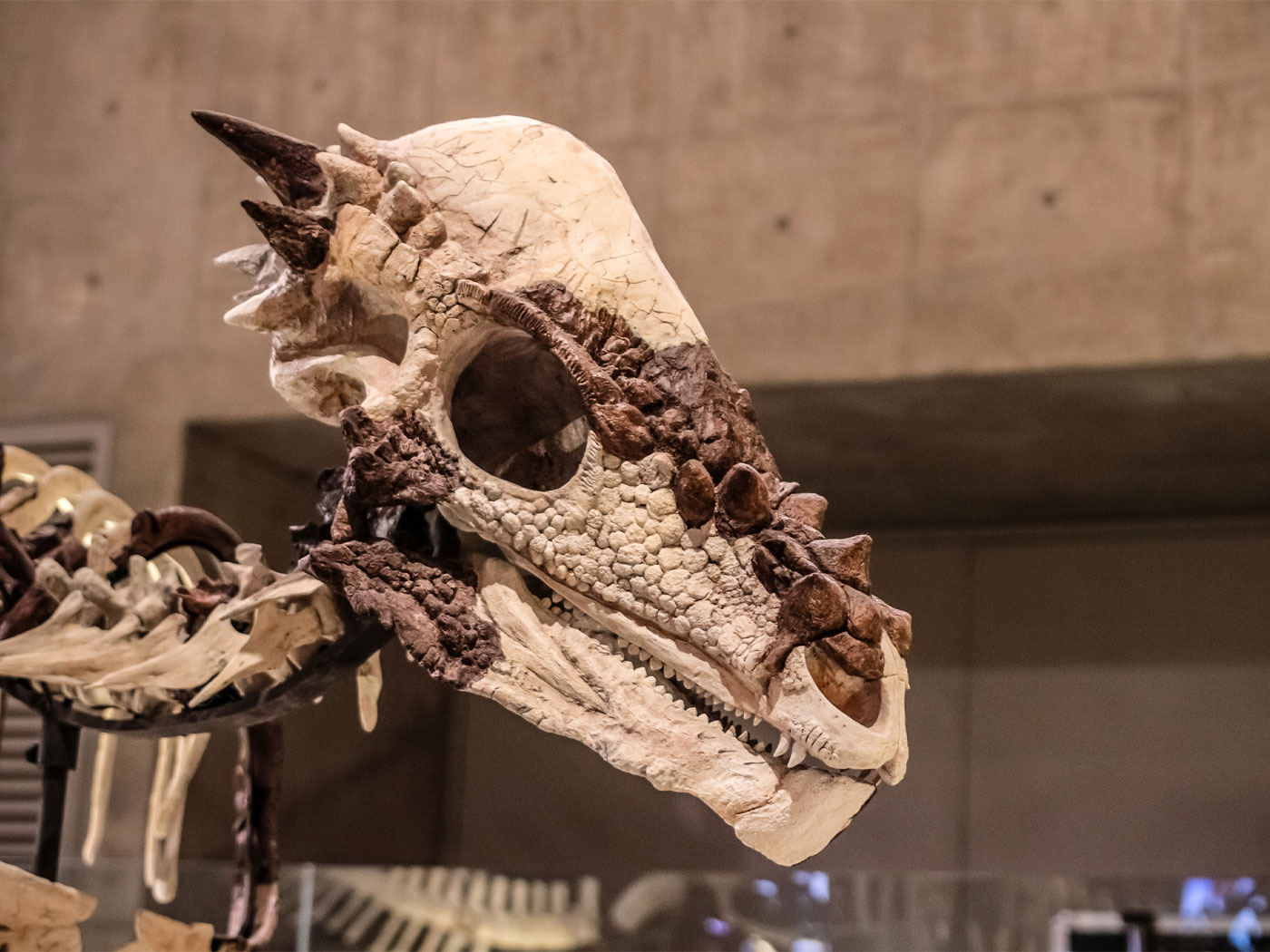New concerns have surfaced this week about melting ice from within the deepest point on the continents.1 Worry over the rapid melting of the ice-filled Denman Canyon has sparked more environmental concern over climate change. But are we letting our fears get ahead of ourselves?
Denman Canyon was only recently identified in December 2019 as the deepest point on land.2 The trough is 20 kilometers (12.4 miles) wide and 100 kilometers (62-miles) long. It is filled with glacial ice to a depth of over 3,500 meters (11, 500 feet) below sea level, more than double the depth of Grand Canyon.2
The ice in Denman Canyon is part of the massive continental glacier that covers most of Antarctica. This ice sheet averages over 2 kilometers (1.25 miles) thick, and in some places is close to 5 kilometers (3 miles) thick. The deep trough of Denman Canyon formed as the continental ice sheet poured off the edge of the land into the ocean on the east side of Antarctica, in an area known as Queen Mary Land. Erosion since the Ice Age has continually scoured the deep canyon to the depth and length we witness today.
Last week, scientists from NASA’s Jet Propulsion Laboratory and various other institutions around the world recently published a paper in Geophysical Research Letters.3 They noticed a 5.4 kilometer (3.4 mile) retreat of the grounding line in the last 20 years, based on their analysis of space-gathered data. The grounding line is the point where continental glaciers begin to float as they enter the sea, losing contact with the ground.
They also found that this only seems to be occurring on one side of the glacier in the trough. The authors noted:
Then they added:
Is this just hype? Or are these scientists taking the matter to fearful extremes? They noted themselves that if all the ice melted in the vast 62-mile long canyon, it would only raise global sea level by 1.5 meters (4.9 feet).3
Since the end of the Ice Age, about 4,000 years ago in a Flood model, sea level has already risen well over 200 feet, flooding many coastal areas around the globe, including Chesapeake Bay, vast stretches of the continent along the flanks of Florida, and much of the land between mainland Europe and Great Britain. Spreading fear about the further extreme melting of Denman Glacier and a sudden rise in sea level is unfounded by comparison.
And no glacial ice sheet exhibits an irreversible retreat. All glaciers grow and retreat, reaching a short-term equilibrium that is influenced by long-term climate fluctuations. This glacier could easily start advancing (growing) again in the next decade.
Virginia Brancato, the senior author of the paper readily admits they know little about the long-term retreat and melting speed of the glacier:
God has promised in Genesis 8:22 to sustain the Earth until He returns. We should be good stewards of what God had given us, but we need not fear.
References
1. Amos, J. 2020. Climate change: Earth's deepest ice canyon vulnerable to melting. BBC News. Posted on bbc.com March 23, 2020, accessed March 27, 2020.
2. Amos. J. 2019. Denman Glacier: Deepest point on land found in Antarctica. BBC News. Posted on bbc.com December 12, 2019, accessed March 27, 2020.
3. Brancato, V. et al. 2020. Grounding line retreat of Denman Glacier, East Antarctica, measured with COSMO-SkyMed radar interferometry data. Geophysical Research Letters.
Stage image: Byrd Glacier. Image taken by the Enhanced Thematic Mapper instrument onboard the Landsat-7 satellite.
Stage image credit: U.S. Geological Survey Landsat Missions Gallery, "Byrd Glacier, Antarctica," U.S. Department of the Interior / USGS. Used in accordance with federal copyright (fair use doctrine) law. Usage by ICR does not imply endorsement of copyright holders.
*Dr. Clarey is Research Associate at the Institute for Creation Research and earned a Ph.D. in geology from Western Michigan University.











